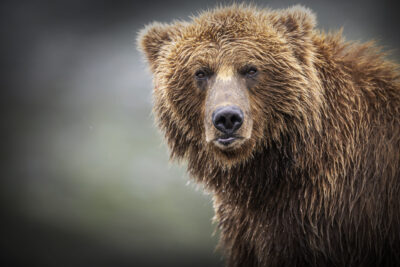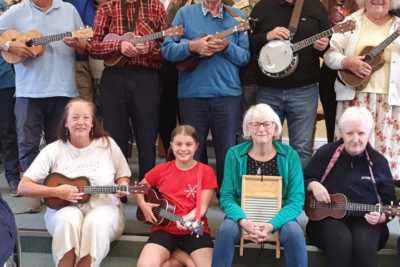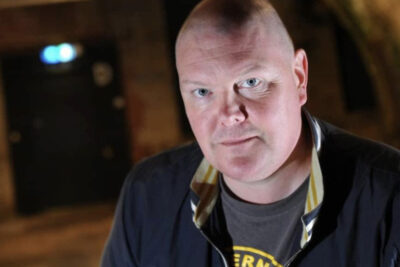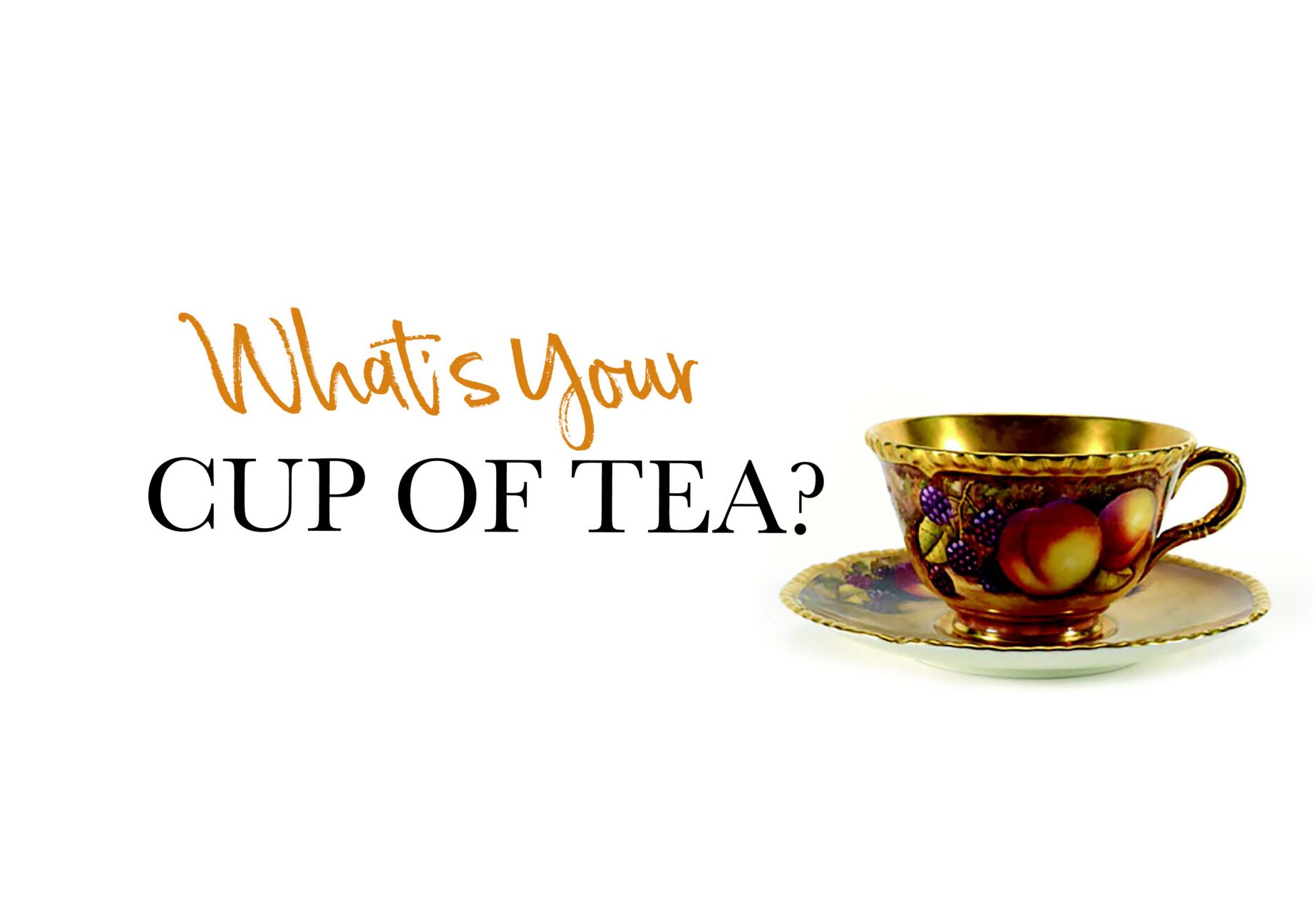
What’s Your Cup of Tea?
by Adam Partridge
Known for regular appearances on Flog It!, Bargain Hunt, Dickinson’s Real Deal and Cash In The Attic, and one of the UK’s finest antique experts and auctioneers - Adam Partridge asks....
We were sent an email and image from Northern Life’s editor Karen, of a request for a valuation of a tea set from a reader and thought, let’s use this to discuss the tea sets offered at auction and the values.

Most of what we discuss about tea sets can also be applied to most dinner services because they share something in common that is once of a day every house would have had one of each, it was only right to bring out the best China when you had guests or a special occasion or just for afternoon tea. In the days before the tea bag which was invented in 1908 by an American who sent out tea samples in silk pouches the story goes that the recipients didn’t know what to do with them so they put the whole pouch in the pot and this is how the tea bag was invented. However, before the tea bag loose leaves were added to your teapot, hot water added and this was the makings of ‘a brew’ then milk added first (this was so that the hot water didn’t shock the porcelain and crack the cup) then the tea then the sugar, all brought to the table on a matching tray.
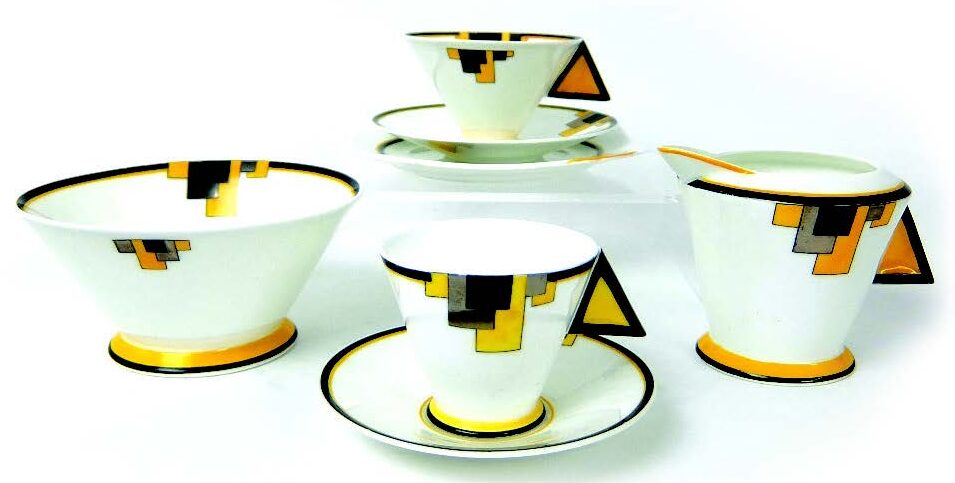
An Art Deco Shelley Vogue pattern set
Most tea sets in the old days were traditionally givenas wedding presents and added to over the years, these sets tended to be the mass produced sets basic colours and designs some of the later popular sets where just white with gilt edge decoration made by Royal Doulton, Wedgwood, Minton, Villroy & Boch etc, these are now found in auction in a box under the table and tend to sell for less than £20 and are usually rejected at the door by the auctioneer, but not all is lost there is still a good demand for certain tea sets but which ones I hear you ask.
So, to clarify we are just discussing pottery, China and porcelain silver tea sets, silver ones still command very high prices. Firstly, the tea set needs to have bright ‘happy’ colours, ideally hand painted this could be straight lines, geometric, repeating patterns, or even bold summer flowers. Dull or boring autumn or dark garden scenes are a definite no, like plain white porcelain with gilt edges are not that popular. Hand painted examples that are almost works of art, like what you would find on early 20th Century Royal Worcester, these designs are painstakingly built up of
sometimes five layers to achieve the good definition of colours that make the image realistic just like a painting you would hang on your wall these are not really made to be used but to display.

A Royal Worcester cup and saucer
The design shapes of the tea set especially the handles, this is shown more with the Art Deco examples of the 1930s where product design reflected the angular lines of the American architecture the best example being the Chrysler Building in New York, tea pots with tapering
bodies teacups with triangular handles and sometimes with triangular bowls. Iconic names to look out for are Shelley, Clarice Cliff, Wileman, Foley, Burleigh, Myott and Royal Winton to name a few.
If your tea set has any or all of the above then it’s certainly worth having valued. When we look at the tea set that was sent to Karen, we can see that it’s a Shelley, so it’s a good name. The Phlox pattern, it dates around the 1930s Art Deco period and it has a design about it even though it hasn’t got the angular handles the ring handles are intentionally artistic, the colours are bright however there is some dark colours subtly mixed in and there is a lot of it making it very usable, (remember a tea set is of little use if it doesn’t have the teapot) so there would be a demand for this at auction with an estimate of £200-£300.
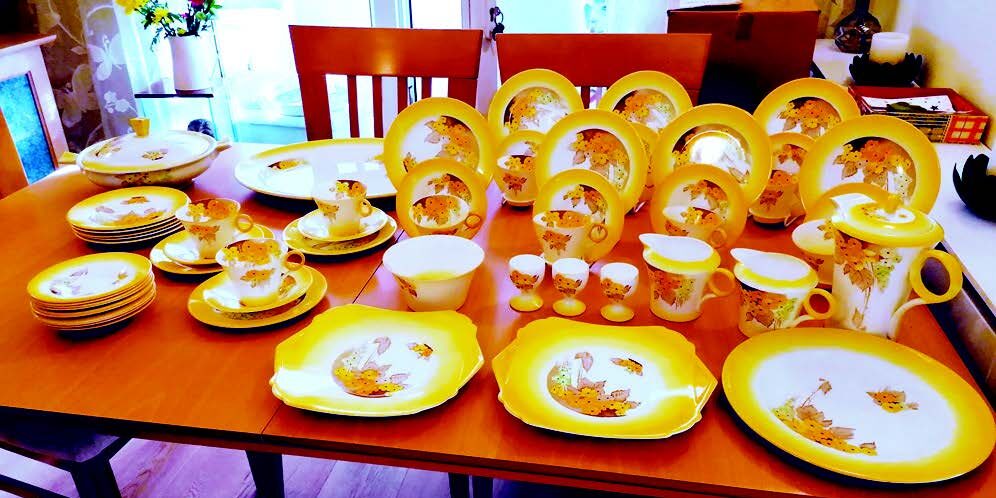
Reader’s tea set
Before throwing your old tea set away have a look on the internet there are some great ideas on how to upcycle the items like candle holders, bird feeders, candelabras, windowsill herb platers etc also think about creating a mixed tea set made of different patterns and have a tea party with your friends!
NorthernLife July/August 2022

